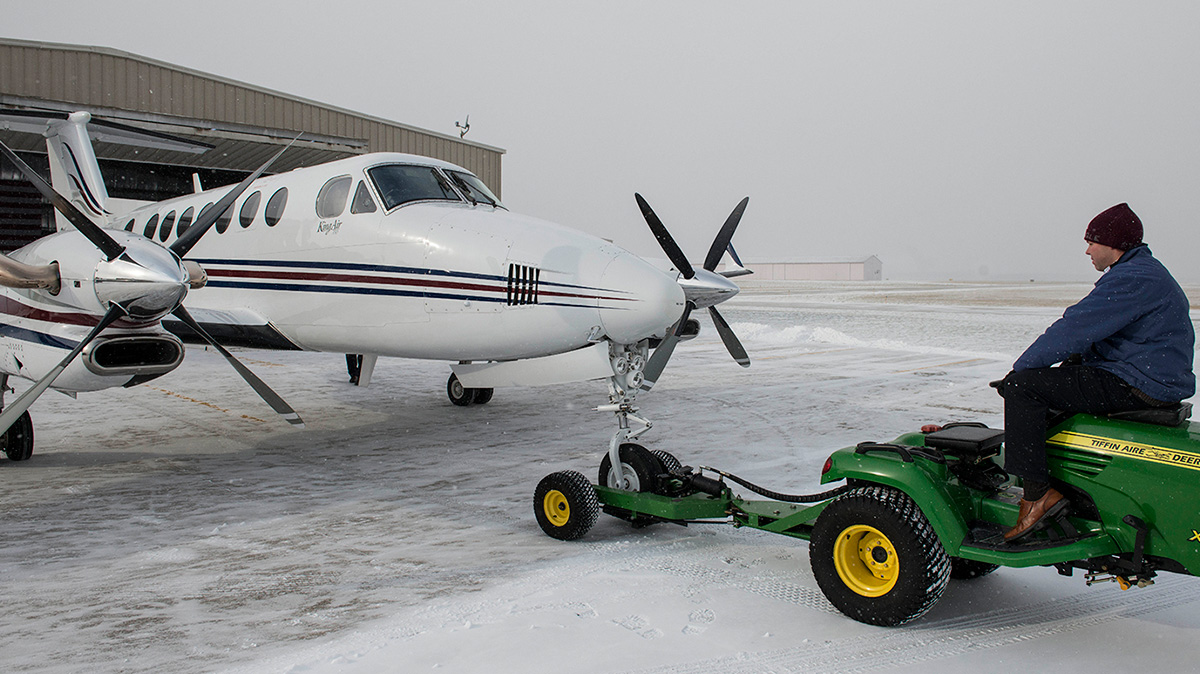
December 21, 2016
Now that winter is here, pilots should review the deicing procedures for their destination airports, as failure to comply with established protocols at any airport that has specific requirements can lead to delays, which, in turn, can compromise safety.
Also, pilots should review “Revised FAA-Approved Deicing Program Updates, Winter 2016-2017,” which includes the most current holdover times (HOT). Based on the fluids used, HOT specifies how much time may pass between deicing and takeoff. The updated publication also provides guidance on other pertinent topics: cold soaked fuel frost; fluid freezing in flight; and anti-icing in a hangar, as well as expanded guidance on small-hail intensity.
Operators bound for New Jersey’s Teterboro Airport (TEB) should review the airport’s “Pilot’s Deicing Responsibilities, 2016-17.”
Specifically, pilots should:
- Obtain IFR clearance from TEB clearance delivery as soon as it is available.
- Contact the FBO deicing boss/ramp manager to get on the deicing list.
- Inform the deicing boss of any clearance-delivery restrictions, such as an expect departure clearance time. The deicing boss will make every effort to comply with any restriction by adjusting the deicing lineup so the pilot can depart at the issued time.
- Before deicing, pilots should:
- Obtain an IFR clearance
- Ensure that all crew, passengers and baggage are on the aircraft
- Make sure the aircraft is fueled
- Confirm that the aircraft is in a “ready to taxi status” (except for deicing)
- The FBO’s deicing boss/ramp manager will signal the pilot after deicing is complete.
- After deicing is complete, pilots should contact TEB Ground Control when ready to taxi.
After receiving clearance from clearance delivery, pilots should not contact ground control until they are deiced and are ready to taxi. Field condition updates will be available through ATIS or clearance delivery.
Learn more about Teterboro Airport.


 International Business Aviation Council Ltd.
International Business Aviation Council Ltd.